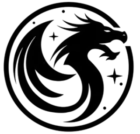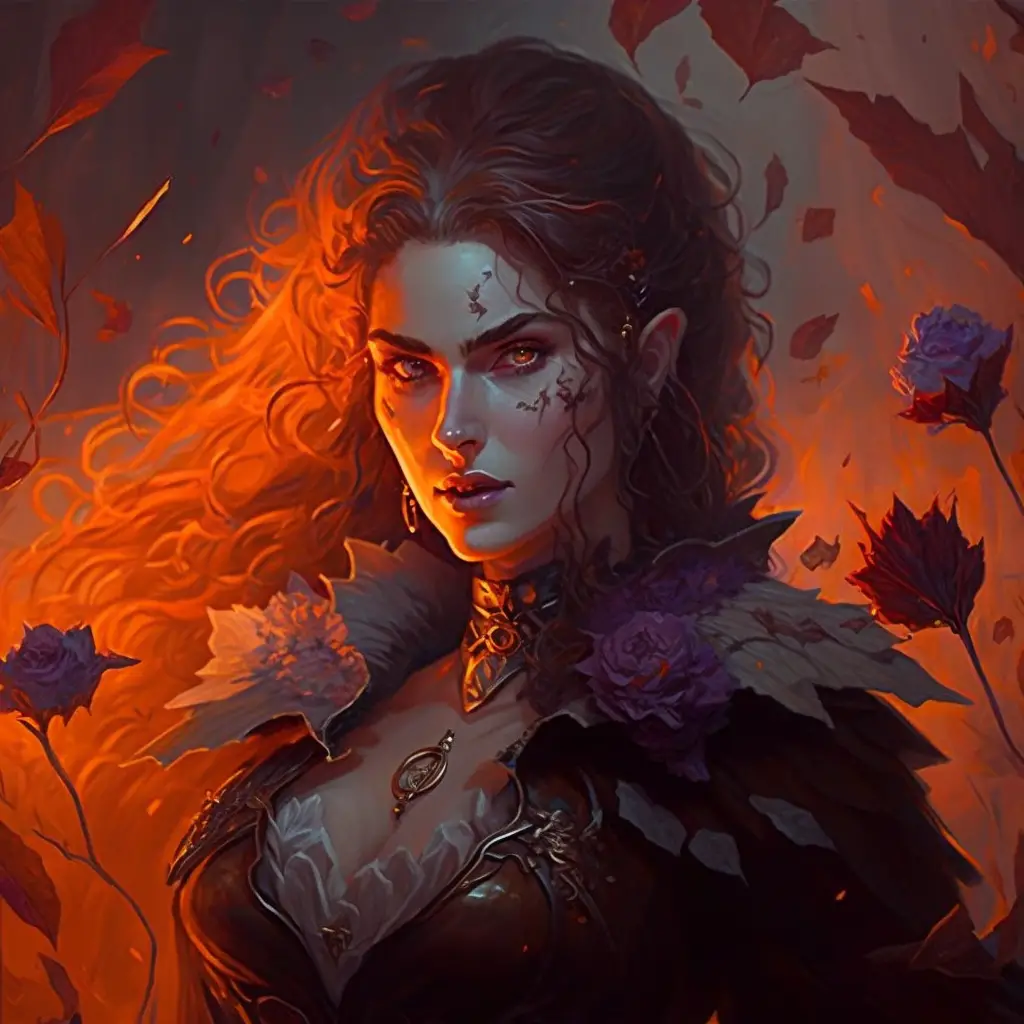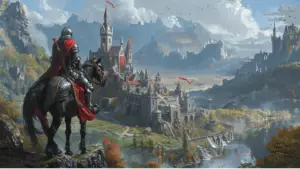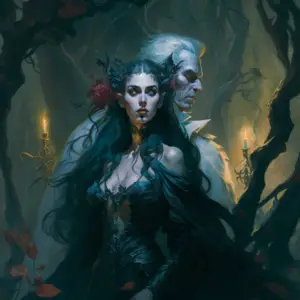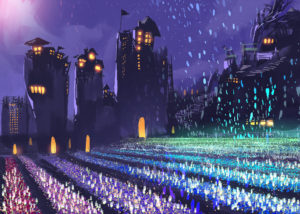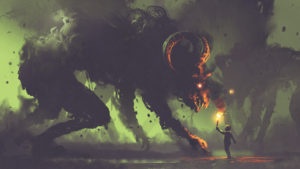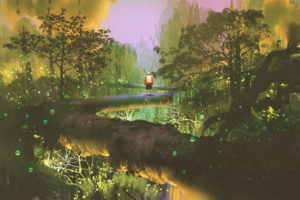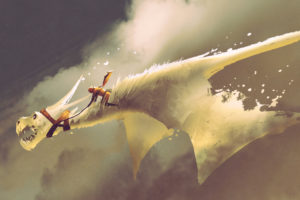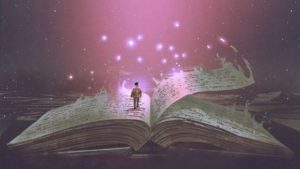In 1819 John William Polidori released The Vampyre. It is believed to be the first vampire story published in its entirety in the United Kingdom. The story was inspired by an unfinished piece of Byron’s, who was Polidori’s physician. These days, vampire books are as common as cockroaches in literature. But what are they: horror, romance, fantasy, science fiction, or myth?
Vampires are fantasy characters in tales that cross genres into romance, horror, science fiction, and mystery. The modern fiction classification is granular, placing a book in multiple categories. Thus, even books that provide vampires with a scientific origin often stray into the fantastical.
Genre has a history of being weaponized to promote some books as “worthy” and others as “low brow.” Even the novel form was once viewed as books for the vapid. Likewise, people argue whether a story is YA as if YA is “lesser.” Yet, adults consume much of YA, making up around 70 percent of the readership. Thus, the question isn’t if vampires are fantasy but the type of tale being told.
Vampires Are Almost Always Any Genre Plus Fantasy
Vampires are stealthy and slip into any genre they fancy. If you can conceive of it, somebody has written it, even space opera-vampire-erotica (yes, really). However, their dawn in English literature was Polidori’s The Vampyre, which is seductive gothic-horror. This set the tone for the following vampire tales for many years. But horror is often categorized as a type of fantasy.
Vampire Horror Is (Mostly) Fantasy
Vampires sprung from nightmares and thus are traditionally associated with horror. But horror is a genre with many sub-genres. The two biggest camps in horror are those set in the real world and those that cross into fantasy.
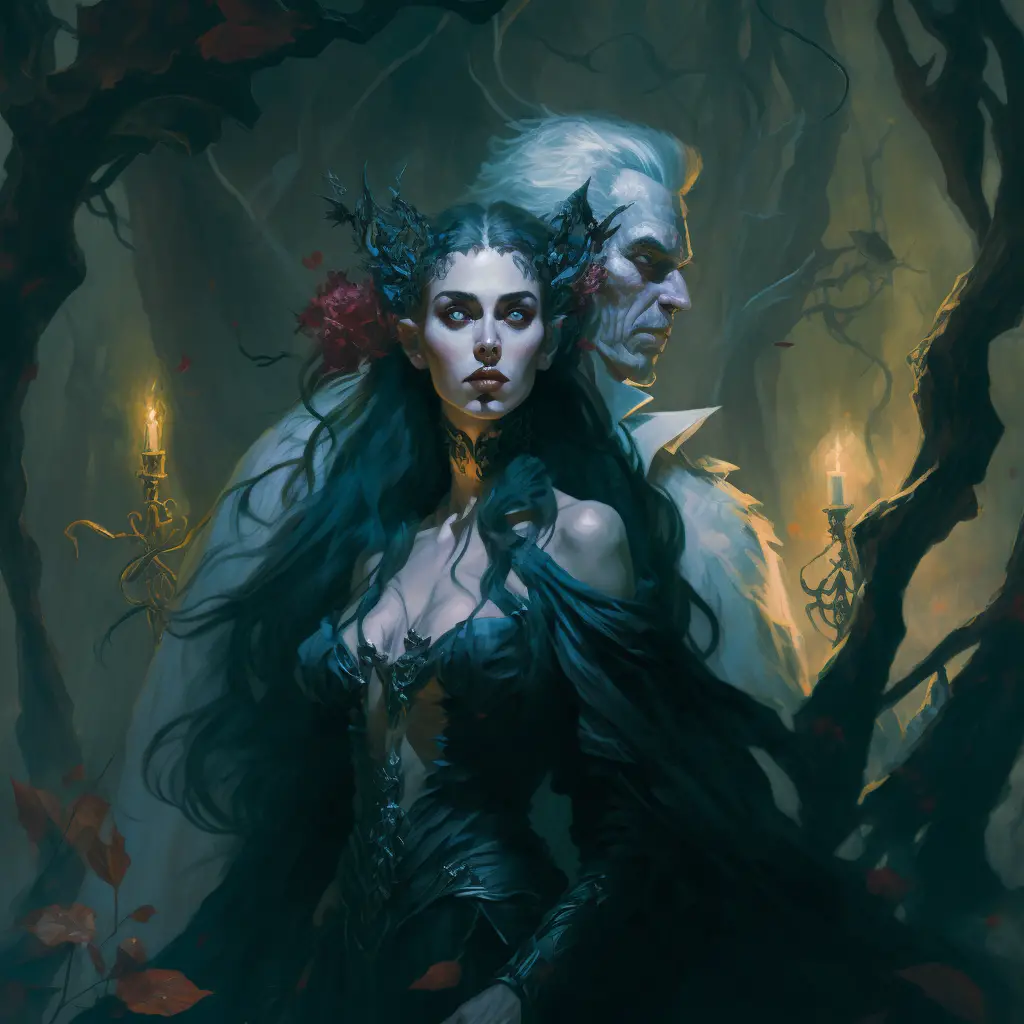
For example, Silence of the Lambs, one of the few books arguably told better in film, is a horror story set in the real world. The truth might be stretched, and the narrative contains inaccurate stereotypes, but no mystical power is at play. Whereas Bram Stroker’s famous Dracula is a horror story told with fantastical elements (vampires).
Fantasy awards also typically consider vampire tales works of fantasy. An excellent example is Stephen King’s Salem’s Lot, published in 1975. In 1987, King’s novel about a town’s residents turning into vampires won the Locus Award for the All-Time Best Fantasy Novel. But nobody denies the book is horror along with a high degree of ’70s realism.
Genres of stories are typically ranked by their dominant genre. So for Dracula, it is known firstly as a work of horror and as a fantasy story second. In comparison, Silence of the Lambs is often considered horror first, in addition to being a psychological thriller and crime novel.
But both these books have also been vaulted as “literature.” Literature is a problematic category, often accused of elitism. The idea is that a typical horror story is a brainless entertainment, whereas literature is art. If you ever want to start a roaring debate on social media full of proverbial pitch forks, just state that you only read literature and not that [insert genre], which is “garbage.”
Vampires Can Be Science Fiction
Traditionally in English lore, vampires were associated with sin. These vampires were strictly a fantasy creation, unearthly creatures, be it a curse from hell or a form of dark magic.
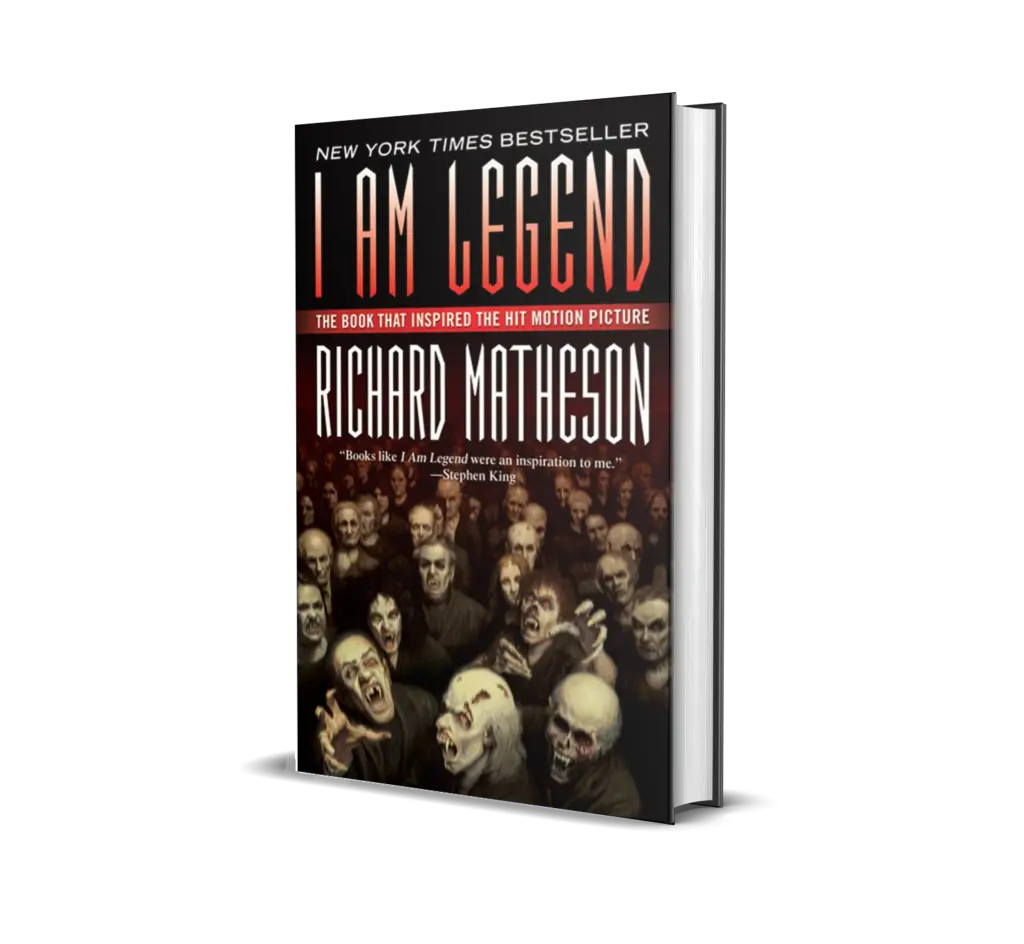
But there are rare stories that provide scientific reasons for vampires, which shift them into the realm of science fiction. These books might also be horror, romance, historical mysteries, or fantasy. But the vampire’s existence is faux-scientifically explained, such as from a bacteria in Richard Matheson’s I Am Legend.
Matheson’s award-winning tale was first published in 1954 and blended horror and apocalyptic sci-fi. His vampires were not stoic storytellers that enjoyed the finer things in life or lustful creatures that preyed on women. Instead, these unique blood-sucking beings formed the base of our modern-day zombies. Thus, despite it being a vampire-apocalypse story, it is often claimed as the original zombie-apocalypse tale.
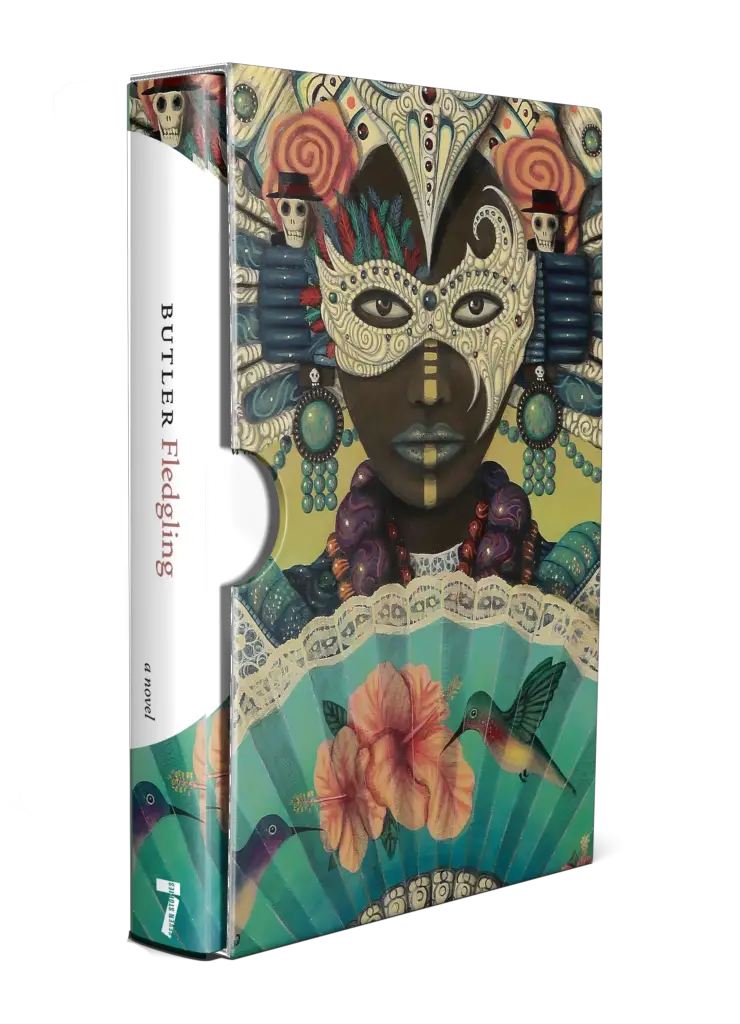
Another powerful and nuanced science fiction vampire novel is Octavia Butler’s Fledgling. In this story, the horror originates from science through genetic engineering. A young amnesiac girl is revealed to be a 53-year-old vampire who depends on humans to survive. The vampire-to-human relationship is symbiotic. The tale explores consent, LGBTQI themes, race, memory, and found family.
Butler’s story is also a romance. While the sensual tale is written in a different tone from the popular Twilight series, both stories involve characters falling in love in relationships fraught with codependency. The stories have moments of horror, tenderness, and eroticism.
However, the tales are not ranked equally in the public’s eye. Twilight is hugely popular, but its prose is considered weak. Butler is regarded as a master of the pen. The mistake many critics make when dismissing modern vampire tales as “vapid entertainment” is that they are confusing genre with talent. Nor is it wrong to read things for fun. Furthermore, being able to entertain requires skill, even if the prose is not a work of art.
Vampires As A Classic And Popular Culture
Vampires can also find themselves lumped into the Ivy League genre of “classic,” which is typically a sub-genre of literature. Dracula finds itself in this category, despite many arguing (controversially) that it isn’t well written and its characters are one dimensional.
But what can’t be denied is the influence of Dracula on modern literature. Notable nods include Anne Rice’s Interview with the Vampire. The 1976 novel has been described as literature, horror, gothic horror, fantasy, and gothic. In this tale, a vampire, Louis de Pointe du Lac, sits across from a reporter and pours out his 200-year story. Much of the lore of Rice’s vampires draw from Dracula.
A more recent example is Jay Kristoff’s Empire of the Vampire, published in 2021. In Kristoff’s tale, it is the vampire who is listening to human Gabriel de León’s life story. León is, in a way, a reimagined van Helsing, crossed with a knight. Yet, to do what he does, he, like Butler’s Fledgling, is co-dependent on vampires for his strength.
But Dracula, as a concept, goes beyond the realm of classic horror literature and exists in popular culture. He even falls in love, as seen in Jeaniene Frost’s Night Prince Trilogy, a spin-off from her Night Huntress series that launched into the world in 2007. These books fall into the categories of paranormal romance and urban fantasy.
Vampires As Romance
In 2005 Stephanie Meyer’s first book in the Twilight series hit the shelves and turned them sparkly. It was accused of being fanfic of E.L. James’ Fifty Shades of Grey. A complicated subject, as it introduces the question of when is a book fanfiction rather than inspired by? After all, Rice was inspired by Stoker, and both inspired Kristoff.
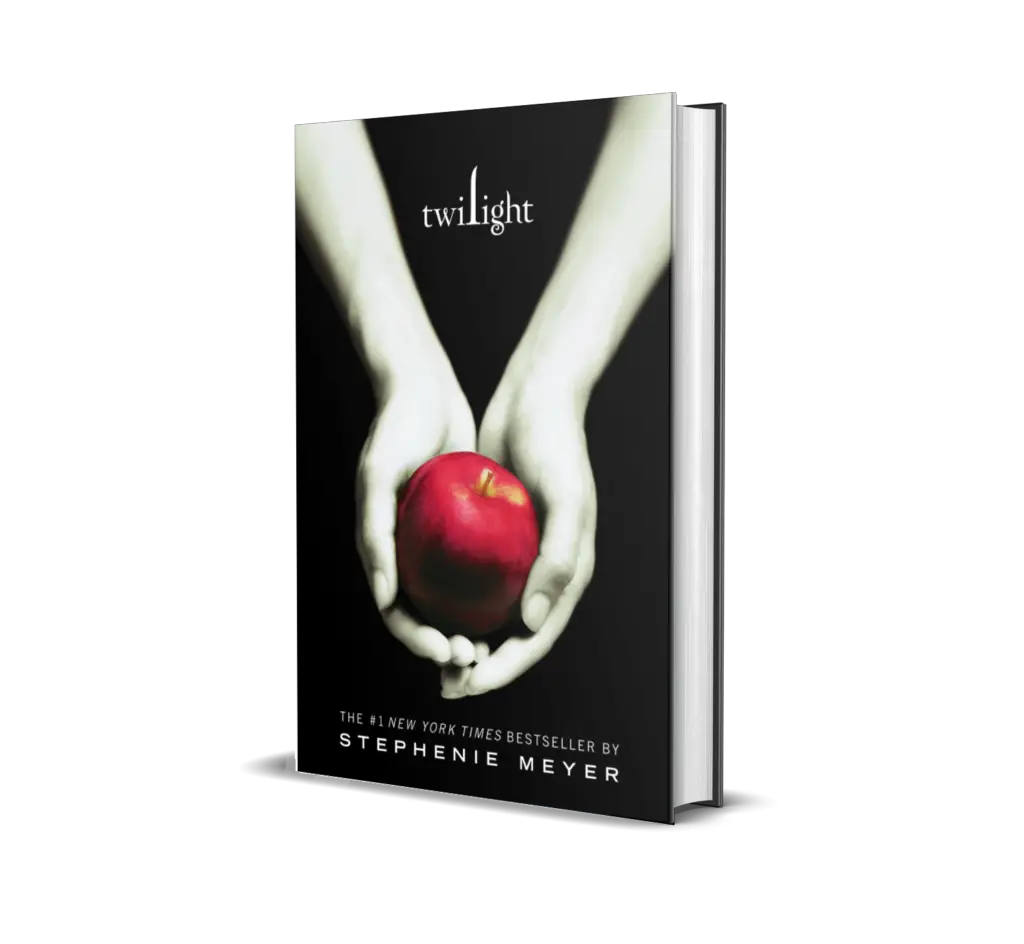
Regardless of where you fall in the fan fic debate, it is undeniable that Meyer’s brought paranormal romance to the masses, and publishers leaped to publish more, such as Frost’s books. But Meyer was far from the first. After all, Dracula’s lust is part of what made Stroker’s book such a scandalous pleasure of its time.
Nor did Meyer invent the teen vampire genre. For example, Annette Curtis Klause’s The Silver Kiss was published in 1990. In this paranormal romance and urban fantasy, a lonely, insecure teen girl has a vampire visit her home deep into the night. This is not to say Meyer is copying, but pointing out that Twilight followed a familiar formula, as Rice and Kristoff did in their literary traditions.
Meyer also reignited interest in earlier teen vampire tales. The most well-known example is L.J. Smith’s The Vampire Diaries. The first book, The Awaking, came out the year after Klause’s, in 1991. But it wasn’t until 2009, two years after Twilight hit the shelves, that The Vampire Diaries appeared on television.
The teen TV drama is routinely categorized as supernatural, horror, and fantasy. But the show is full of romance, featuring the classic love triangle between three core characters: Elena, Damon, and Stefan. Whereas with Twilight, it was all about if fans were “Team Edward” (the vampire) or “Team Jacob” (the werewolf). (Spoiler: Bella goes for the vampire.)
Vampires, Detectives, And Sherlock Holmes
In 1924 “The Adventure of the Sussex Vampire” appeared in The Strand Magazine, written by Arthur Conan Doyle. Later that month, the story appeared in Heart’s International under the slightly altered title The Sussex Vampire. However, while vampires are originally the culprit, Holmes deduces the crimes are committed by a human after all.
But while Doyle’s work was neither fantasy nor horror (or feature “real” vampires), plenty of detective novels do. For example, Genevieve Cogman’s The Invisible Library series is heavily influenced by Doyle’s beloved tales. But these paranormal, steampunk detective mysteries have a woman leading the helm, and vampires certainly do exist in this fantasy world.
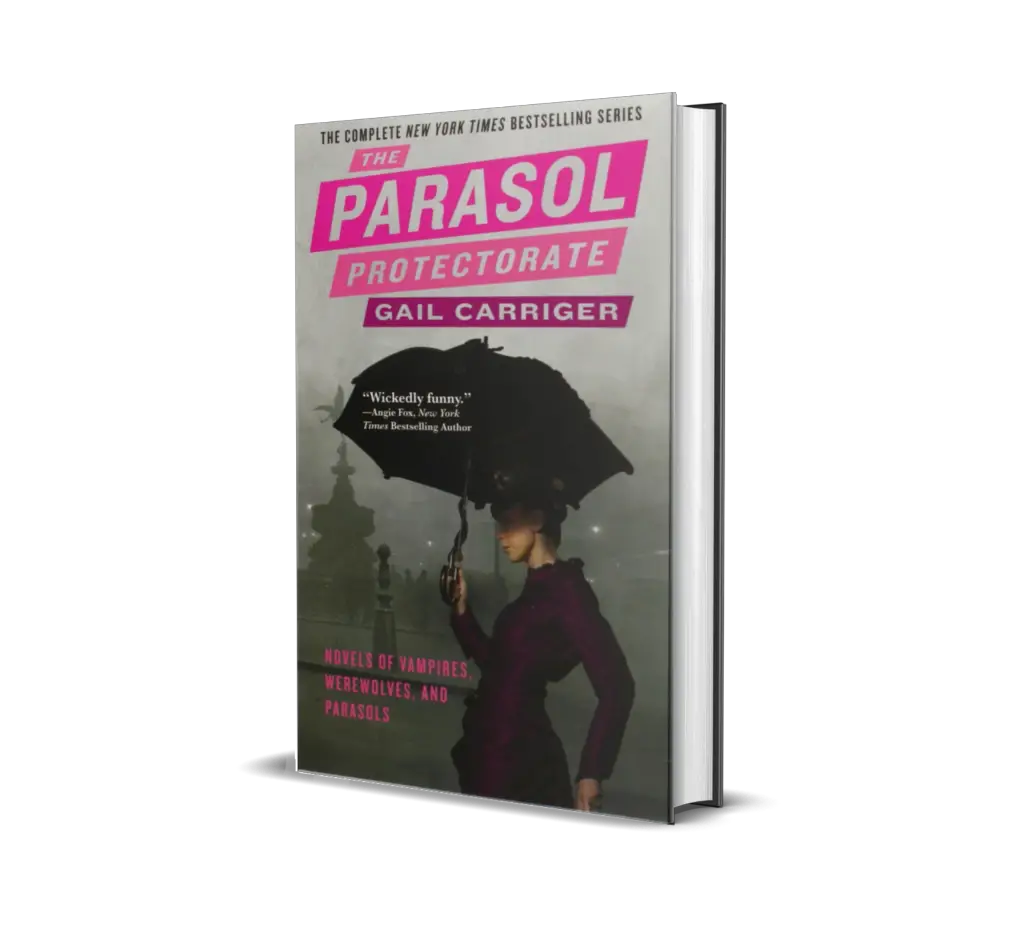
The Parasol Protectorate by Gail Carriger is a paranormal steampunk mystery romance series that takes a nod to Holmes. The series opens with the main character Alexia accidentally killing a vampire. In this fictional society, the action is highly frowned upon, as vampires are part of high society. Also, in this fantasy world, vampires are matriarchal, whereas the werewolves in the tale are patriarchal.
Nor can anyone talk about popular paranormal urban fantasy detective books without mentioning The Dresden Files by Jim Butcher. The famous trench coat-wearing wizard detective with his phantom hat (it only appears on the covers, not the character’s head in the tales) is routinely getting tangled up in vampire business. However, these vampires don’t feed on blood but on emotions.
Another excellent example of vampire mystery is Elizabeth Kostova’s The Historian, published in 2005. As the title suggests, the sleuth is an academic. But like Stoker, the story involves letters to drive the main character’s attention to the possibility that Vlad exists.
But unlike Dracula, calling Kostova’s novel is work of horror is a stretch. It is a slow-burn historical thriller that travels over Europe while unraveling a mystery. There is adventure, gothic overtones, and a touch of romance. But underneath it all, The Historian, is fantasy.
Vampire Stories Inspired by Folklore Beyond Europe
Blood-sucking creatures have appeared in lore around the world, including in ancient Mesopotamia and India. As such, the publishing industry is gradually featuring vampire stories whose inspiration comes from outside of the West.
For example, Silvia Moreno-Garcia explores several vampire myths in her neo-noir novel Certain Dark Things. The various mythical creatures are depicted as members of street gangs, and the colonizers are pushing out the indigenous blood drinkers, such as those that are descendants of the Aztecs.
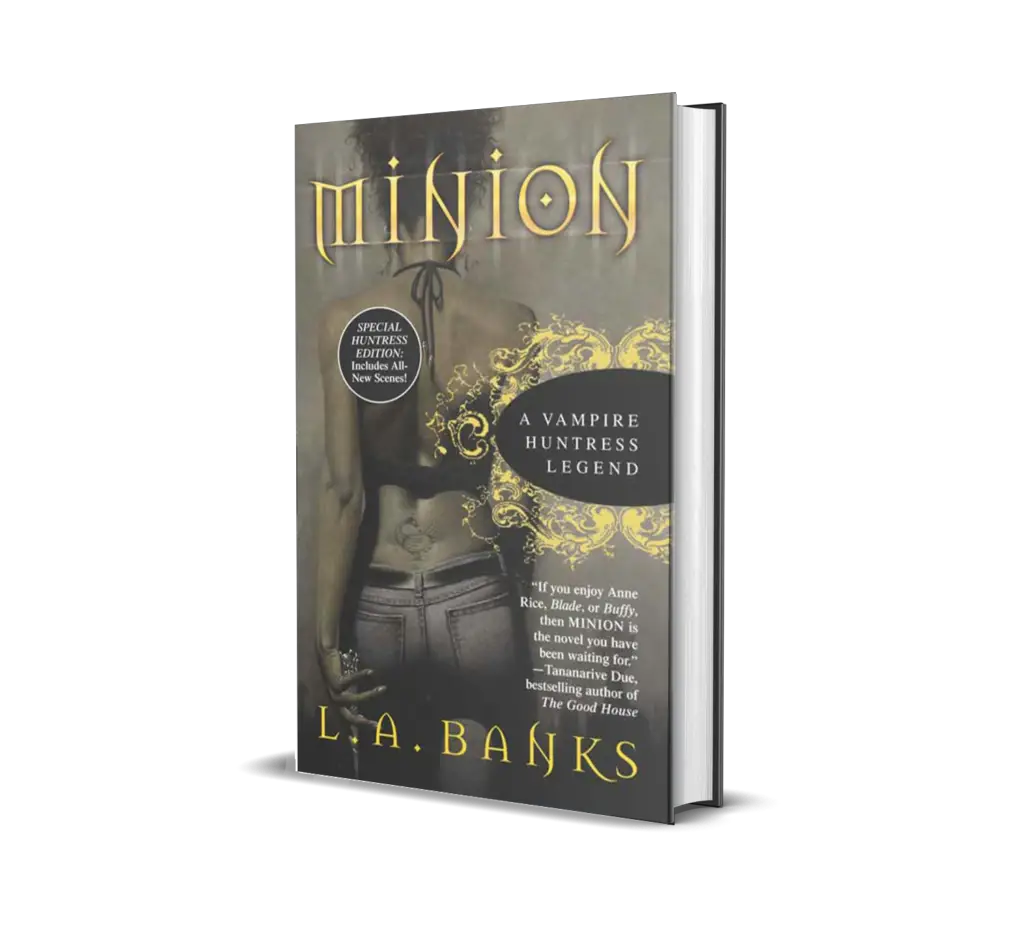
Originally published in 2016, Certain Dark Things is a far cry from the bulk of stories that followed in Twilight‘s wake. The gritty urban fantasy has horror, and action, where characters blur the lines between who are the “good” and who are the “baddies” with a social-political undertone (hence, the neo-noir label).
Nor can you talk about vampire writers of color without bringing up L.A. Banks and her Vampire Huntress Legend series. The prolific award-winning writer wrote an incredible range, including horror, dark fantasy, romance, and crime. Thus, but the time the first book in the series emerged in 2003, she had already had a substantial career.
The twelve-book series ran until 2009, with its hip-hop, spoken word vibe that has grit and romance that urban fantasy readers crave and some of the sweeter YA vampire romances miss. Nor is the heroine trying to kiss fangs in the first book but hunt them.
Conclusion
Vampire stories almost always fall into the fantasy category to some degree, unless their existence is explained through fictional science. However, that doesn’t mean that fantasy is the story’s primary genre. The tales could be mostly horror, romance, or mystery. But underneath it all are fantastical elements, but for a rare few.
